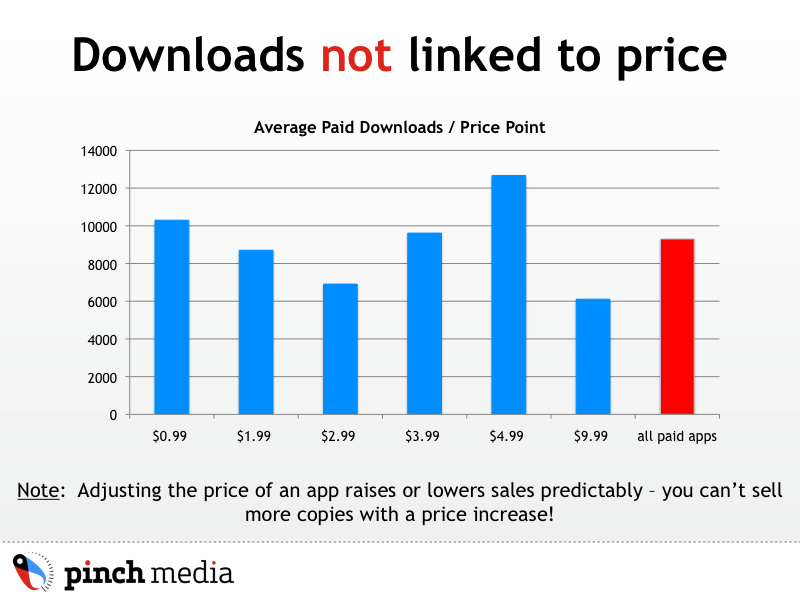A review of the Fujifilm XM1 by Ben Evans from www.EnglishPhotographer.com.
I knew mirrorless cameras were the future when Fujifilm launched their X-Pro1. Small and light like a Leica but with the practicality of autofocus, it had the image quality to live up to its name. When Fujifilm put the same innovative X-trans sensor in the X-E1 I recommended it over its bigger brother.

Well, they’ve just done it again; the new X-M1 has the same amazing sensor in a smaller, lighter, cheaper camera body. Don’t confuse it with the X-A1, which doesn’t have the X-trans sensor. Or with the X100s, which can’t change lenses. Or with the XE-2, which is better but more expensive. We’re paying less, so we get less. What’s missing; and what do we miss?
The X-Pro1 had a hybrid optical and electronic viewfinder and the screen. The X-E1 lost the optical viewfinder so action and low-light photography was trickier, but gave us an upgraded electronic viewfinder (apparently from Sony’s top-end RX1). The X-M1 has no viewfinder so you have to compose with the screen. In practice this means less battery life, shakier pictures and poor visibility in bright light. But now the screen tilts, which I like.

Gone also is the svelte metal toughness of the X-Pro1, replaced with pretty plastic. But gone too what little weight was there before. I carry too much, so lighter wins every time. If I wanted tough I’d get a Pentax.
The kit lens is back to being a kit lens; cheap and slow with a maximum aperture from f3.5 to f5.6. This also means slower focussing in low light. There’s no aperture control on the lens nor switches for manual focus or stabilization. It’s pretty small and image quality is okay. But better to buy a proper X mount lens; the 35mm f1.4 beats all of Leica’s (it has autofocus!) and Zeiss now supports the system too. Fuji have a sensible roadmap for new lenses, which makes building a kit viable.
With the same lens, the image quality of the X-M1 should match its pricier siblings. Reading around, it seems the different chip may diminish quality slightly, but this could be that the jpegs are tuned to the consumer’s taste for stronger noise reduction and more sharpening.

You also lose out with the controls. The X-M1 is a machined metal dial short of a immersive user experience. You’ll get used to it but its no X-Pro1. But for people who’ll just be using auto or program it’s really excellent and the quick menu is very helpful.
Technology gets faster, and technology gets smaller. The X-M1 is as small as we’d want to go. Some manufacturers have made the mistake mobile phone makers made a few years ago; sacrificing usability for diminutive size.

This points to a characteristic of Fujifilm; they seem to understand what photographers want. Why? They listen. The XE1 had slow autofocus; the XE2 addresses this. The X Series cameras were a bit pricey for many people; the XM1 and XA1 were launched. It’s a pleasure to see a tiltable LCD screen on both.
But there’s a flaw in that clichéd Capitalist aphorism, ‘give the people what they want’ – as Steve Jobs made a billion proving, often they don’t know until you show them. And so it is; the rush to flesh out the X system has led Fujifilm to launch too many cameras, too quickly.

Looking at the images, for the bodies are almost identical, the XM1 has only a small advantage over the XA1. So why pay more? Looking at the XM1, it’s difficult to ignore the similarly priced XE1s rendered obsolete by the XE2. They’re all great cameras, but what’s to choose between them?
It comes down to how you’ll use it. Photographing an international event for charity that required social media engagement, the XM1 with its built-in wifi was the right choice; it’s simple enough to edit the images on a phone using Snapseed them upload them. The wifi is useful then; but surely it would be worth hiring an app developer to enable proper remote control of the camera too.

If you’re able, spend a bit more on the XE2 or the X-Pro2 if/when it’s announced. The quality will be a bit better, and you’ll benefit from faster focussing. Otherwise, compare the used/ end-of-line price of an XE1 against the XM1 and XA1, weighing up wifi and a tiltable LCD on the XM1/XA1 against slightly better quality and a viewfinder (XE1). Ultimately, it’s the quality problem of too much choice; pick one and just photograph with it!

Check out the new Fujifilm X-Series Video
Ben Evans is the author of Photography: The Few Things You Need To Know, available at www.GreatBigBear.com. He is an English-speaking Barcelona photographer – www.EnglishPhotographer.com teaching photography with www.BarcelonaPhotographyCourses.com.
Post originally from: Digital Photography Tips.
Check out our more Photography Tips at Photography Tips for Beginners, Portrait Photography Tips and Wedding Photography Tips.
Fujilfilm XM1 Review [and XA1/XE2 Thoughts]
The post Fujilfilm XM1 Review [and XA1/XE2 Thoughts] by Guest Contributor appeared first on Digital Photography School.






.gif)

.gif)


.gif)
You must be logged in to post a comment.